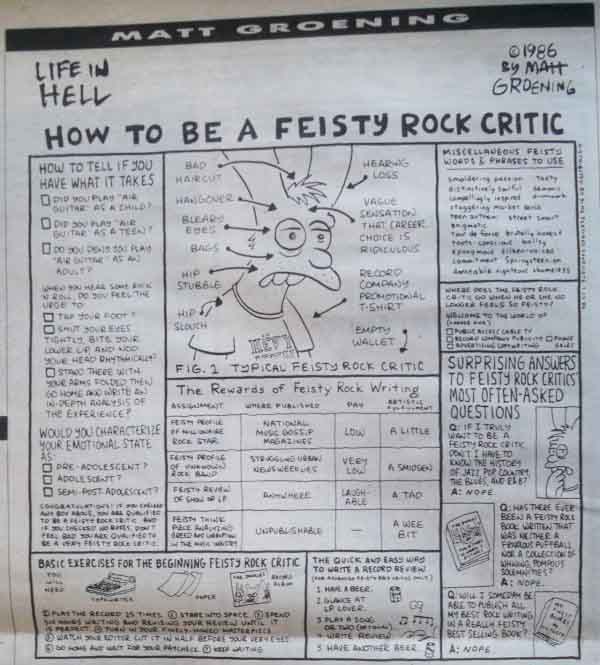Causality is the interplay between cause and effect. Infinite regress, or reduction till singularity, is of little practical use to our daily affairs, but when you pause to think about it, everything you do today has its roots in what you did yesterday. Today and yesterday might seem like two altogether discrete entities when considered in this fashion, but cause and effect work against the backdrop of time, and as such entail an infinite number of degrees or gradations between each other. Introduce a sufficiently large number of minute increments between the succession of two events, and this line of regression can be stretched all the way back to the point of our birth, and based on modern prenatal research, even beyond. This is the same principle that Buddhist philosophy talks about, the same premise on which Isaac Asimov’s Hari Seldon created his discipline of psychohistory in the Foundation books, and the same concept on which current market trends and data are analyzed.
There shouldn’t be complaints of determinism leveled against this line of thinking, simply a greater accountability for our actions, in both conscious and unconscious states. And, in any case, life cannot be lived with any kind of energy while constantly tracing our footsteps into the distant past; we can learn from our past but the power to affect change in our present and, more importantly, in our future rests entirely with us. How then does causality influence music? In the post on old and new extreme metal, I briefly mentioned how an idea arises in the mind and has to be persisted with for the entirety of a song for it to be logically, and emotionally, coherent. The following is a comment I made on the same post on DMU:
“A point I would’ve liked to touch on in this post is that in the case of most good extreme metal songs, you can trace a way back to the overall theme of the song from whichever point in its trajectory you may currently be occupying. David Rosales had a post on something related to this under the heading Developmental Variation, and it goes beyond simply staying in the same key, following chords, etc. “Vetteneter” is a good example of this, despite the significant change towards the end; so is Gorgoroth’s “Måneskyggens slave”. The cause needs to inhere in the effect, tenuous though it may seem, for a song to be coherent.”
The property of inherence means for a certain quality to be endemic or inherent in a substance. By the same token, it can also be taken to mean that this quality is permanent in the substance, and that the substance ceases to remain what it was once it loses this self-same quality. Often, effects bears little to no outward resemblance to the causes that led to them, but by the very nature of causality, all causes are germane in proceeding effects.
Music presents a peculiar example of causality in action. Songs have themes; the good ones do anyway. Every moment in a song exists in a chain with every other moment in the song, sharing an intimate bond with its neighbours. Good songs ensure that these bonds remain embedded in the listener’s consciousness, whether he realizes it then or not, and however strained their “valency” might initially appear. Simple rock music and rock-derived metal have it easier in this respect than architecturally intricate and harmonically ambivalent genres like death metal and black metal where songs are generally built on floating relationships between notes and modes.
Nevertheless, the point made above regarding a song’s trajectory holds, and that is this: the essence of a song has to suffuse its entire body, as impermeable as the body itself may seem. We can refer to this aspect of songwriting as logical dialogue and internal coherence between parts and of the parts themselves; the idea behind the song, wherever it may come from, needs to inhere throughout the length of the song, and maintain a trail of crumbs back to a relative first cause, as disparate as the effects that follow in its wake may seem.
The three songs below are from distinctly different extreme metal genres but they illustrate this point well. They use different techniques to realize these ideas but what initially appears as a jarring, irreconcilable severance from the core of the song is eventually subsumed into the greater idea. Subsumed, in fact, is the wrong word to use in this context, because the change, by everything that has been written above, would have had to naturally subsist in the initial idea.
https://www.youtube.com/watch?v=5EHpeolSreg
1 CommentTags: 2015, causality, gorgoroth, guest posts, incantation, music analysis, thergothon



